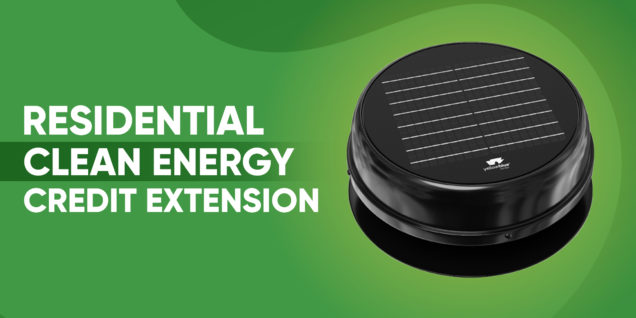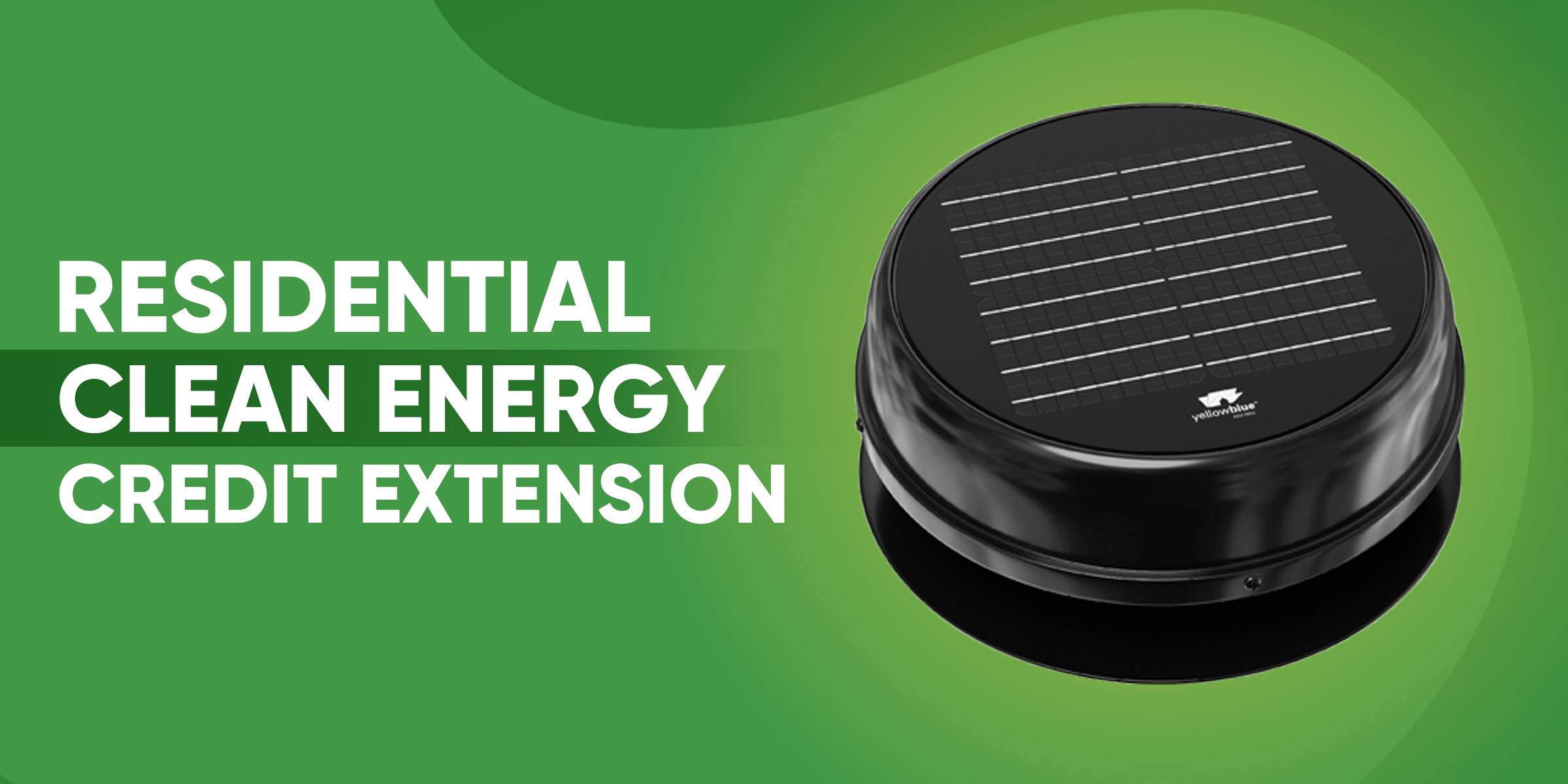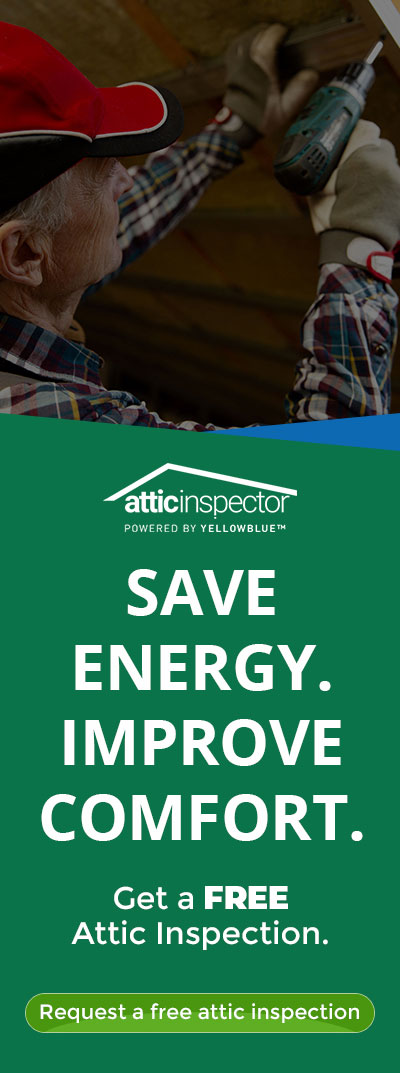Are you looking for ways to save money on energy bills and reduce your carbon footprint? One solution you should consider is installing solar attic fans. These devices are designed to ventilate hot air from your attic, helping keep your home cool and comfortable during the summer months. Not only do solar attic fans improve indoor air quality and reduce the risk of moisture damage, but they can also significantly reduce your energy consumption and costs.
If you’re interested in installing solar attic fans, you may wonder how the Solar Investment Tax Credit Extension can help. This post will explain everything you need to know about the solar investment tax credit extension and how it can benefit solar attic fans.
What is the Solar Investment Tax Credit Extension?
The Solar Investment Tax Credit Extension is in reference to the Residential Clean Energy Credit, a federal program that provides financial incentives for individuals and businesses to invest in renewable energy technologies.
It was established in 2005 as part of the Energy Policy Act and has been extended several times since then. The federal government has already extended the incentive expiration date three times before. The most recent extension in 2020 added a 26% extension until 2022 and a “step down” schedule that gradually phases out the credit over a few years.
The Inflation Reduction Act of 2022 unexpectedly increased the Residential Clean Energy Credit to 30% and extended it until the end of 2032, a welcome development for those interested in investing in clean energy technologies.
This new extension allows homeowners and businesses to claim a credit on their federal tax return for a portion of the installation of qualifying renewable energy systems, such as solar panels, wind turbines, and geothermal heat pumps. The amount of credit depends on the type of system installed and the amount of energy it is expected to generate.
How Does the Solar Investment Tax Credit Extension Benefit Solar Attic Fans?
Solar attic fans are an innovative attic ventilation system that qualifies for the Solar Investment Tax Credit Extension. This means that homeowners who install solar attic fans can claim a credit on their federal tax return for a portion of the cost of the installation.
The Solar Investment Tax Credit Extension can significantly reduce the upfront cost of installing solar attic fans, making them more accessible and affordable for homeowners. In addition to the tax credit, many states and localities also offer additional incentives and rebates for installing solar attic fans. By taking advantage of these programs, homeowners can save even more money on the cost of their solar attic fans.
In addition to the upfront cost savings, solar attic fans can also provide long-term financial benefits. Solar attic fans can help reduce your energy consumption and costs by ventilating hot air out of your attic. This can result in savings on your monthly energy bills and a faster return on your investment.
Furthermore, solar attic fans can increase the value of your home. Many homeowners are looking for energy-efficient features when shopping for a new home, and solar attic fans can be a significant selling point. By installing solar attic fans, you can increase the value of your home and make it more attractive to potential buyers.
Conclusion
Installing solar attic fans is a smart and cost-effective way to ventilate your attic to reduce unwanted heat transfer.
The Solar Investment Tax Credit Extension is an exciting update that should help reduce the upfront cost of solar attic fans, making them more accessible and affordable for homeowners.
By taking advantage of the tax credit and other incentives, you can save money on your energy bills and increase the value of your home. If you’re considering installing solar attic fans, now is the perfect time to do so while the Solar Investment Tax Credit Extension is still available.




